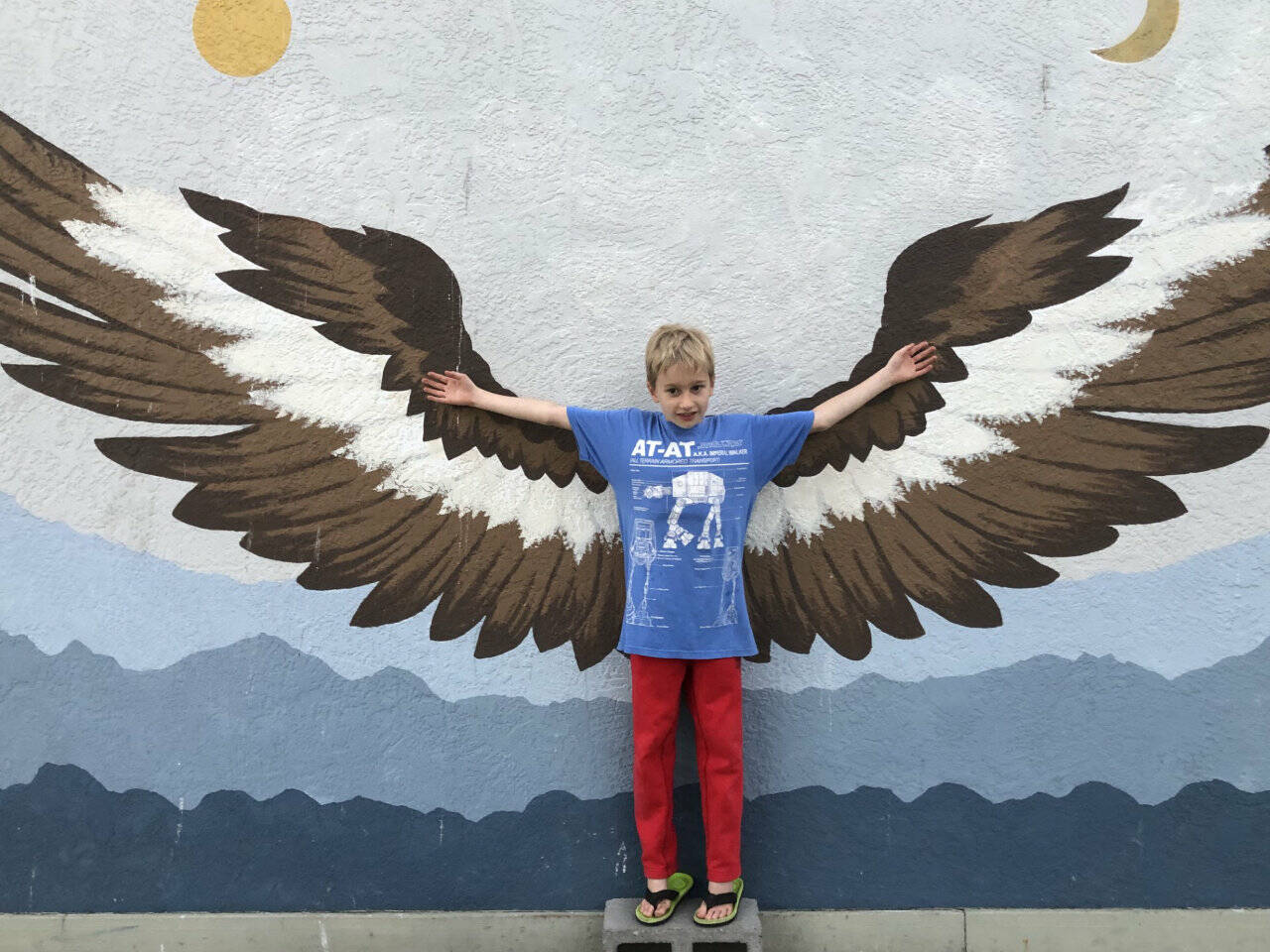In living memory of many of us lingers a thought that is so strange that it requires a dedicated vocabulary — even a framework for it to even make sense in today’s culture and economy; in a previous age people actually did things. Without cameras or digital devices of any kind.
In our current economy, entire industries, and multiple individual fortunes (and reputations) are built on a simple foundation that literacy did not exist a generation ago — pictures matter more than they experience.
Experiences may be great (or expensive, or elaborate, or terrible) but without photographic “proof” they may as well never have existed.
Photos confer “reality” — they, in this milieu , almost ratify and lend legitimacy, if not some sense of authenticity to what has become called “lived experience”.
Editor’s note: For those who lived in those grim and benighted times, “lived experience” was all there was. Some kept journals or wrote letters, but for everyone back then, IRL (In Real Life) was all anyone had.
There was a clear-cut time marker that became clear only in retrospect — a distinct before and after.
About a decade ago, the term (and experiences, if not obsession) called “Instagram wall” came into being — or at least public awareness.
The premise is that a landscape, or a concert or a meal or even a romantic encounter was not fully experienced unless a photo of it was posted online.
In some communities’ interactive street art became an attraction in and of itself, like a continuously unfolding interactive outdoor art gallery.
Instagram walls were spots designed for people to stop and take photos in front of, to memorialize, or at least somehow authorize the experience.
Circuses and county fairs had early versions of these for decades, if not longer — painted-cartoon wooden props with cutouts for people to poke their faces through and pretend to be a farmer, cowboy or super hero.
As had to happen, “Instagram museums” emerged, making photo-taking the whole point of the experience.
And every business, to compete and draw customers, had to react — simply operating as a coffee shop or bakery or restaurant would never be enough; the business had to cultivate a parallel, even more compelling existence on the internet.
And drawing customers in such an economy is only part of the challenge. Keeping customers in this economy is the ultimate challenge.
In this 21st Century economy, tagged photos on Instagram and positive user reviews on the business’s listing on Yelp or Google Maps matter at least as much as customers.
But ratings and reviews don’t pay the bills; customers do. The issue of credibility of reviews and ratings will continue to be an issue — an issue that will raise strong blowback.
Scandals of fake reviews/ratings have emerged as yet another self-made hazard of our current age. The Goodreads review scandal is only one of many of what promises to be a flood of similar rumors or lawsuits across all online review formats. You can see details on the Goodreads mess here —www.thecut.com/2023/12/the-goodreads-review-bombing-controversy-explained.html.
But even when the reviews are credible and reliable, the question quickly becomes what every public question becomes; who owns or controls or has access to the technology, photos and experience? And of course, who, if anyone, has the right to “monetize” the format?
And, the answer is equally muddled. Who owns, or takes responsibility for, or is left stranded or associated with any given meme, photo, image or statement?
To put it simply, the life-cycle of a “like” or online review is astoundingly short.
If you think goldfish have a short attention span…..
Pursuing Instagram appeal/recognition is the ultimate trap: the promising, seemingly infinite growth (in clicks or profits) that comes with adopting a recognizable template, whether for a physical space or purely digital content, and opens the door to the relentless treadmill of keeping up posts and figuring out or anticipating the latest potential (and unforgiving) twists and turns of the algorithm — especially which hashtags, memes or formats need to be followed, tweaked or abandoned.
Internet appeal, like everything else in our culture it seems, compounds or collapses at record speed.
What was “hot” last month, might be radioactive or horrifying this month.
Coffee shops and restaurants, and to a large degree, almost every business, might be better off getting back to that original business plan and reason for existence, and put aside the Instagram economy and offer what, perhaps most customers wanted all along — not worrying about trends or engagement but simply sticking to what they know best and creating a welcoming space for customers who appreciate what they have to offer.
As with much, if not all of the internet as we know it, we, our data, our previous sales history and, of course what seem to be our preferences are what drives the market, until, so it seems, we are the product.
With the arrival of “deep fakes” and a whole constellation of deceptive ads, quotes, assignations and memes, the credibility of “pics” as a confirmation of authority is diminishing by the day.
On a level few of us ever would have imagined possible, our work, our daily routines, our decisions at every level have become more an expression of marketing forces far more than individual and personal freedom or character.
And, to sum up the 21st Century call to freedom; it doesn’t need “pics” to happen — or matter.






